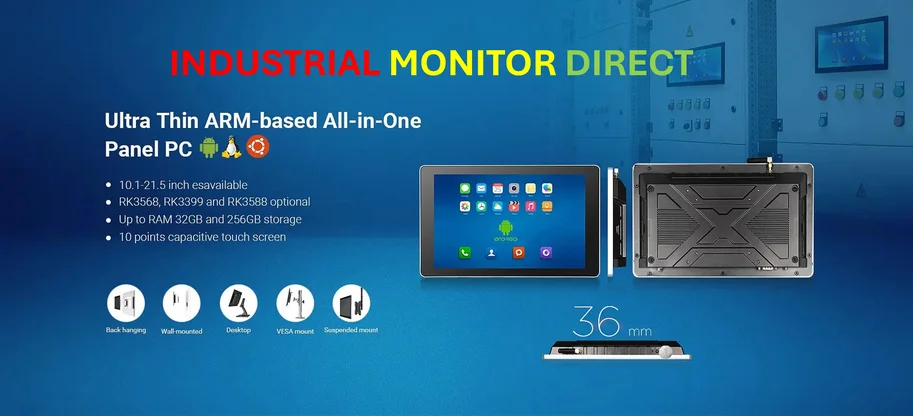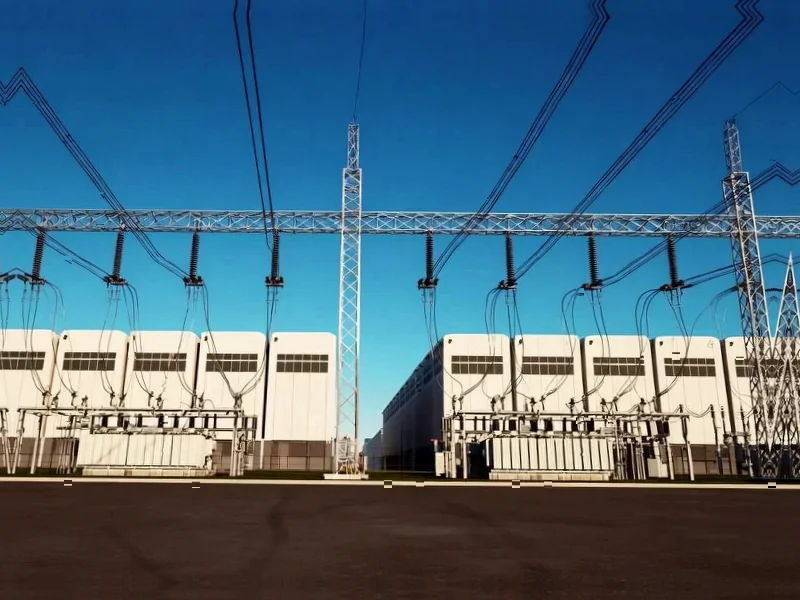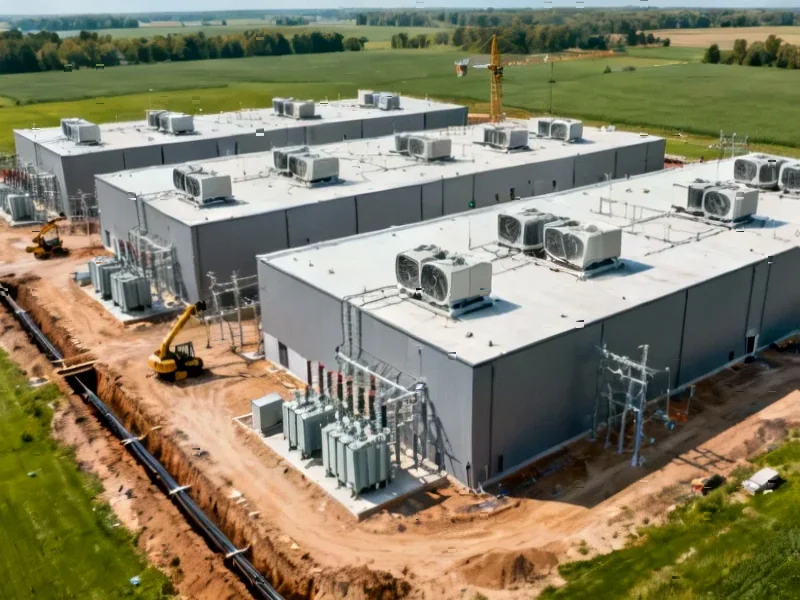According to Phoronix, Microsoft’s Azure HBv5 virtual machines powered by custom AMD EPYC 9V64H processors with HBM3 memory have reached general availability nearly a year after their initial announcement. These VMs feature up to 368 AMD Zen 4 cores clocking up to 4.00GHz and deliver a massive 6.9TB/s of memory bandwidth across 400-450GB of HBM3 memory. The processors run without SMT and can be configured with up to 9GB of HBM3 memory per core. Microsoft provided Phoronix with early access to benchmark these new instances against the previous HBv4 series running AMD EPYC 9V33X Genoa-X processors with 3D V-Cache. Both configurations were tested running Ubuntu 24.04 LTS with Linux kernel 6.14 and GCC 13.3 compiler across various HPC workloads.
The HBM3 Advantage
Here’s the thing about high-bandwidth memory – it’s basically a game-changer for memory-intensive workloads. We’re talking about nearly 7 terabytes per second of memory bandwidth, which is absolutely insane compared to traditional DDR5 memory. The EPYC 9V64H processors pack this HBM3 memory right on the package alongside the CPU cores, eliminating the memory bottleneck that often holds back high-performance computing applications.
But why does this matter? Well, think about simulations, computational fluid dynamics, weather modeling, or any workload that needs to move massive amounts of data between memory and processors. Traditional memory architectures just can’t keep up with modern CPU throughput. With HBM3, you’re getting memory bandwidth that’s closer to what you’d expect from GPU memory, but for CPU workloads. That’s why Microsoft specifically targeted these VMs at HPC applications – they’re solving a very specific performance problem.
The Zen 4 vs Zen 5 Question
Now, there’s an interesting timing issue here. These VMs are launching with Zen 4 architecture when AMD’s Zen 5 processors have been available for over a year. So why stick with the older architecture? Basically, developing custom processors with integrated HBM isn’t something you can just whip up overnight. Microsoft and AMD started this co-design process years ago, and by the time they got through validation and testing, Zen 4 was the available platform.
The trade-off is pretty clear – you’re getting cutting-edge memory technology but on last-generation CPU architecture. And honestly? For memory-bound workloads, that might actually be the right call. Zen 5 does have better AVX-512 implementation with full 512-bit data paths versus Zen 4’s “double pumped” approach, but if your application is memory-starved, having that HBM3 bandwidth probably matters more than the latest CPU microarchitecture improvements.
Real-World Performance
Phoronix’s testing compared the flagship HBv5 configuration against the top-tier HBv4 instances, both running the same software stack. The HBv4 uses AMD’s Genoa-X processors with 3D V-Cache, which is AMD’s other approach to boosting performance for specific workloads. It’s essentially a battle between two different memory technologies – 3D V-Cache versus HBM3.
What’s fascinating is that these represent two completely different philosophies for accelerating compute workloads. 3D V-Cache gives you massive L3 cache to reduce memory access latency, while HBM3 gives you insane memory bandwidth. Different workloads will benefit from each approach differently. For applications that need to process enormous datasets that can’t fit in cache? The HBM3 approach is probably going to dominate. But for workloads with good cache locality? The 3D V-Cache might still have an edge.
<h2 id="cloud-compute”>The Cloud Compute Arms Race
This launch shows how serious Microsoft is about owning the high-performance computing space in the cloud. Custom processors with specialized memory configurations aren’t cheap to develop or deploy. But they give Azure a competitive advantage that’s hard to replicate. We’re seeing all the major cloud providers investing in custom silicon – Amazon with Graviton, Google with TPUs, and now Microsoft with these HBM-equipped AMD processors.
The question is whether the performance gains justify the premium pricing these specialized instances will likely command. For research institutions, financial modeling firms, and engineering companies running memory-intensive simulations, the answer is probably yes. Being able to complete complex calculations hours or even days faster can be worth significant costs. For everyone else? Well, that’s why cloud providers offer multiple instance types. But having these specialized options available pushes the entire industry forward.




